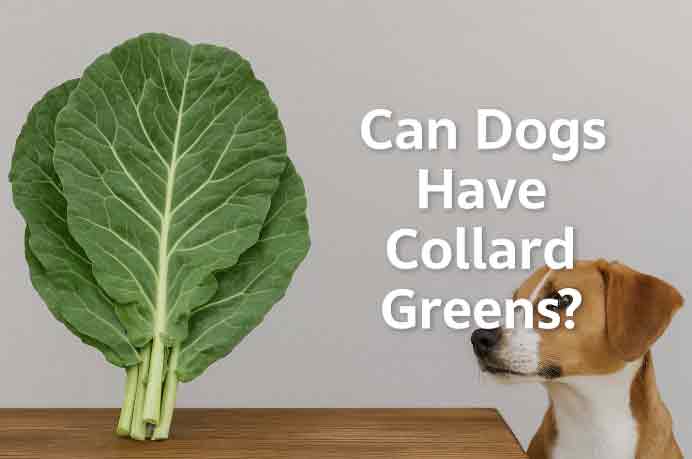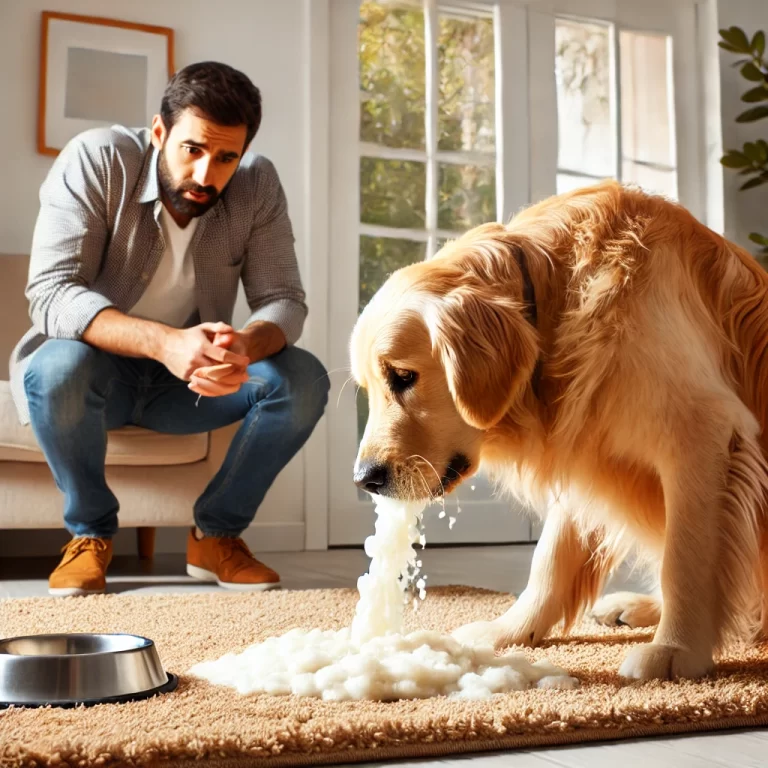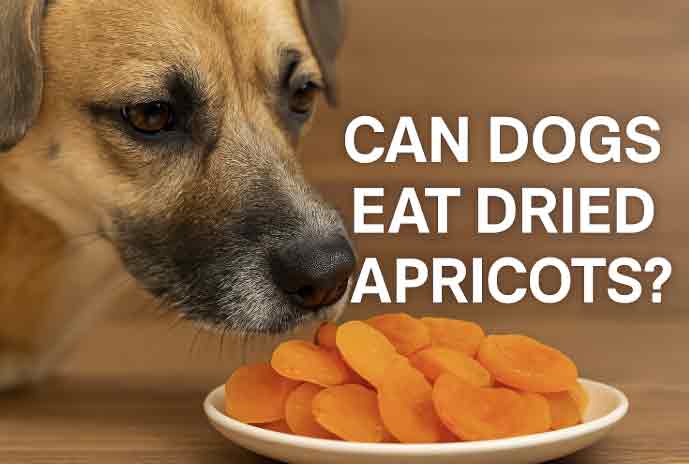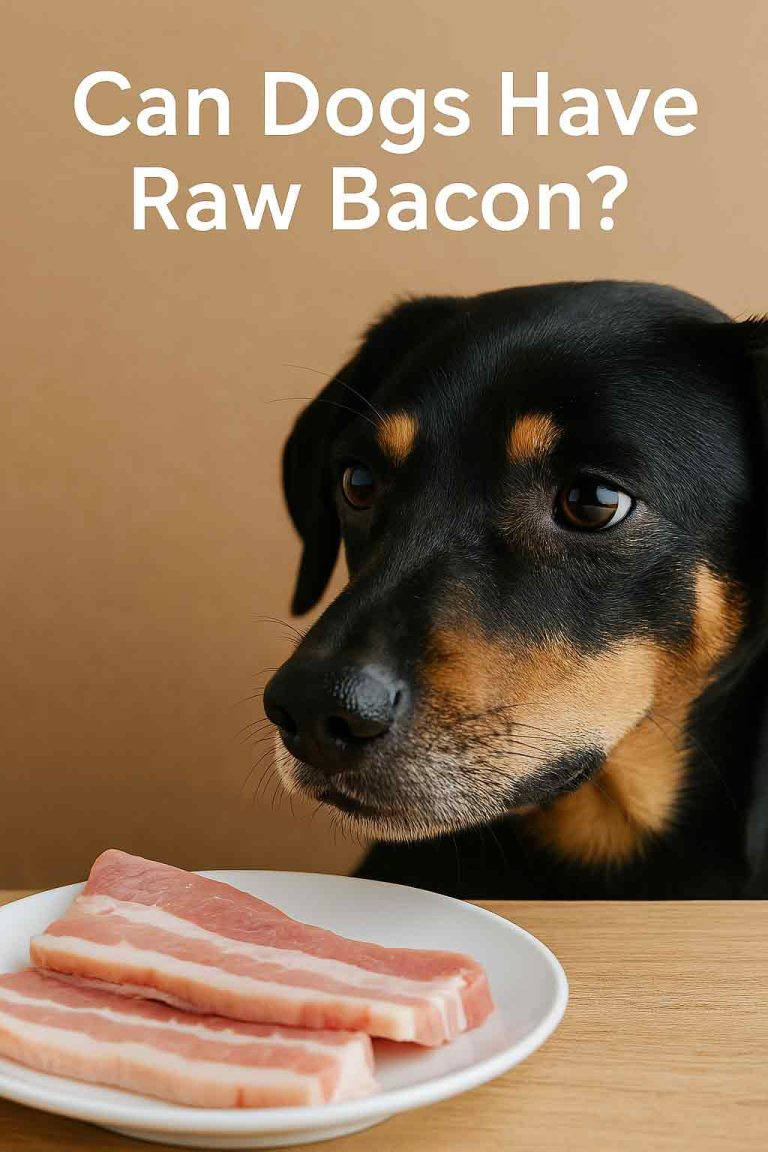Can Dogs Have Collard Greens? Benefits, Risks & Safer Alternatives
Table of Contents
- 1. Introduction
- 2. Are Collard Greens Safe for Dogs?
- 3. Nutritional Value of Collard Greens
- 4. Health Benefits of Collard Greens for Dogs
- 5. How to Prepare Collard Greens for Dogs
- 6. Recommended Serving Size
- 7. Potential Risks and Side Effects
- 8. Cooked vs. Raw Collard Greens
- 9. Should Dogs with Health Conditions Eat Collard Greens?
- 10. Healthy Alternatives to Collard Greens
- 11. Frequently Asked Questions
- 12. Final Thoughts
- 13. Key Takeaways
1. Introduction
Leafy greens are a staple of a healthy diet, but when it comes to our pets, not everything that’s good for us is safe for them. If you’re wondering, can dogs have collard greens?—you’re not alone. These vitamin-packed vegetables are gaining popularity among pet parents looking to offer wholesome treats or supplements to their dog’s meals. Let’s explore whether collard greens are a good idea for your furry friend.
2. Are Collard Greens Safe for Dogs?
Yes, collard greens are generally safe for dogs when fed in moderation and properly prepared. They’re non-toxic, nutrient-dense, and can even support canine digestion and immunity. However, too much of a good thing can still lead to complications, particularly with dogs that have preexisting health conditions.
3. Nutritional Value of Collard Greens
Collard greens are packed with essential nutrients that benefit both humans and dogs:
- Vitamin A: Supports eye health and immune function
- Vitamin K: Aids blood clotting and bone health
- Vitamin C: Acts as an antioxidant
- Calcium: Promotes strong teeth and bones
- Fiber: Supports digestive health
- Iron & Magnesium: Important for energy metabolism
4. Health Benefits of Collard Greens for Dogs
Including collard greens in your dog’s diet can provide several benefits:
- Anti-inflammatory properties may help reduce joint pain in older dogs
- High fiber content helps promote regular bowel movements
- Detoxifying compounds assist in liver function and toxin elimination
- Antioxidants help reduce oxidative stress and improve cellular health
5. How to Prepare Collard Greens for Dogs
Preparation matters when feeding your dog collard greens. Raw greens can be tough to digest, and improperly prepared vegetables can lose their nutritional value.
- Wash thoroughly: Remove pesticides and dirt
- Chop finely: Prevents choking and improves digestion
- Steam or boil: Softens the leaves and breaks down fiber
- Avoid spices or oils: Plain greens are best for dogs
6. Recommended Serving Size
Too many greens can cause gas, diarrhea, or interfere with nutrient absorption. Stick to these guidelines:
- Small dogs: 1–2 tablespoons, 2–3 times a week
- Medium dogs: 1/8–1/4 cup, 2–3 times a week
- Large dogs: 1/4–1/2 cup, 2–3 times a week
7. Potential Risks and Side Effects
Although safe in moderation, there are some risks associated with feeding collard greens:
- Oxalates: May interfere with calcium absorption and contribute to kidney stones
- Thyroid suppression: Cruciferous vegetables can impact thyroid function in large amounts
- Digestive upset: Excess fiber may cause bloating or diarrhea
8. Cooked vs. Raw Collard Greens
Cooked collard greens are easier for dogs to digest and less likely to cause gastrointestinal discomfort. Raw greens should be given in smaller quantities and finely chopped. Avoid feeding leftover collard greens cooked with onions, garlic, or salt, which are toxic to dogs.
9. Should Dogs with Health Conditions Eat Collard Greens?
Dogs with certain conditions may need to avoid or limit collard greens:
- Kidney disease: Oxalates may worsen symptoms
- Thyroid issues: Compounds in collard greens can interfere with thyroid hormone production
- Sensitive stomachs: High fiber content can trigger diarrhea
Always consult your veterinarian before making dietary changes for dogs with chronic conditions.
10. Healthy Alternatives to Collard Greens
If your dog can’t tolerate collard greens, consider these safer alternatives:
- Spinach: Similar benefits, though also high in oxalates
- Kale: A nutrient-dense option with antioxidants
- Green beans: Low in calories and well tolerated
- Carrots: High in beta-carotene and good for teeth
11. Frequently Asked Questions
Can puppies eat collard greens?
Yes, in very small amounts and cooked. Always introduce slowly.
Can I feed my dog canned collard greens?
It’s best to avoid canned varieties due to added sodium and preservatives.
Are frozen collard greens okay?
Yes, if they’re plain and free of seasonings. Cook before serving.
12. Final Thoughts
Can dogs have collard greens? Yes—when served plain, cooked, and in moderation. Collard greens are a nutritious addition to your dog’s meal plan, offering vitamins, fiber, and antioxidants. However, it’s essential to prepare them properly and be aware of any underlying health conditions that may be affected by leafy greens. When in doubt, always check with your veterinarian before introducing new foods.
13. Key Takeaways
- Collard greens are safe and nutritious for most dogs when cooked and served in moderation
- Avoid raw greens in large amounts, and never add seasoning
- Watch for digestive upset or allergic reactions
- Consult your vet if your dog has kidney or thyroid issues
- Introduce new foods gradually and monitor your dog’s response







